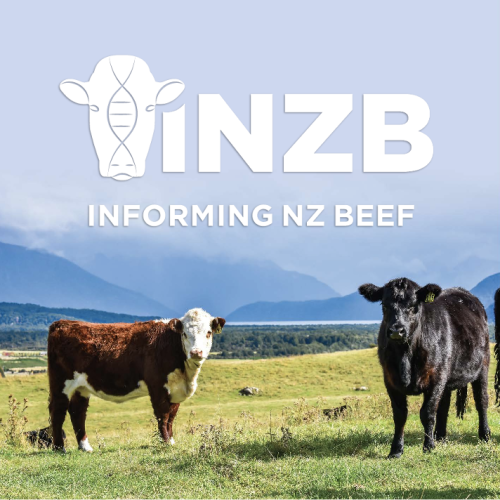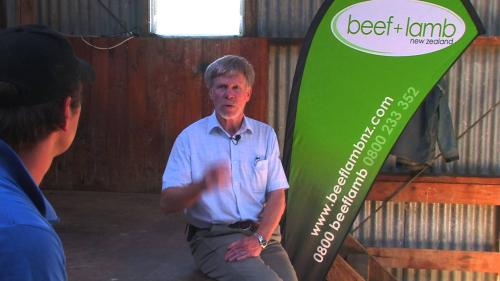Search results
Displaying 221 - 230 results of 1223
- VideoHigh performing flocks have the minimum number of low condition scoring ewes at key times in the production cycle - going into mating and going into …
- VideoThis video is part of a four-part series covering B+LNZ’s Catchment Community E-Forum: Part 2. This E-Forum took place on 28 July 2020 and was facilitated by B+LNZ's Extension Manager Maria Shanks. …
- Other PDF… price signals focus performance lamb survival growth rates best lever profit margins … recovery hard hill country farms spring growth threefour weeks behind usual pattern … had compromised pasture quality some lamb growth rates aka thrift growth rates generally …
- Other PDF… must excluded 2025 many farmers concerns growing fencing expensive lack clarity around … build work farm environment plans farmers growers given flexibility find right solution … risks ministry environment 2023 farmers growers see benefits being able tailor …
- Factsheethill country sheep beef farms productive profitable hill country farms generated profit before taxation 144800 per farm 201920f hard hill country farm profitability even higher 154000 before tax per …
- PodcastAnna Boyd (Beef Genetics Operations Specialist at B+LNZ Genetics) shares what they’re doing in that space and why it’s important. For more information, see …

- … have decreased 31 since 1990 8 75 also growing body evidence showing significant … should change you support our approach focus growing new native forests create longlived … lnz also supports commissions approach focus growing forests create longlived source carbon …
- Factsheet… have decreased 31 since 1990 8 75 also growing body evidence showing significant … should change you support our approach focus growing new native forests create longlived … lnz also supports commissions approach focus growing forests create longlived source carbon …
- Factsheet… ssp subterraneum most common subspecies grown new zealand found acidneutral well … north island mudstone soils naturally grows well drained soils recent work lincoln … ssp subterraneum waterlogged plants were grown plastic troughs dug ground allow …

